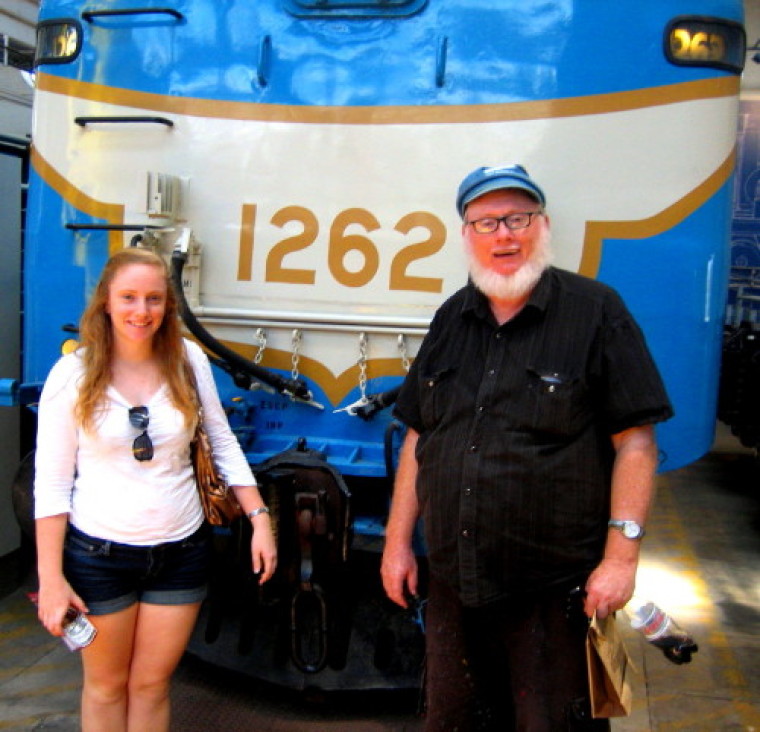
This recent Sydney Morning Herald article notes that train drivers employed by Rio Tinto to haul iron ore across Australia's outback will be replaced with robot locomotives.
Rio Tinto's rail, port and truck movements are all watched over from a control centre in Perth, that has about 250 controllers working three shifts a day. The rail automation is part of the company's push to use technology to improve productivity and safety and wring out extra capacity from existing assets.
Simon Prebble the general manager for Rio's automated trains project explained that the trains have on-board systems that check speed, signals and operate the brake. He noted that Rio has installed a new radio-based network to communicate with the trains as well as close-circuit television at every public level crossing. There is also an obstruction detection system which uses laser scanners to continually look for any obstructions.
The Sydney Morning Herald article noted that the 400-plus train drivers in the remote Pilbara region earn about $240,000 a year and probably the highest-paid train drivers in the world. The article stated that highly skilled US Surgeons are on similar money.
The Footplate Padre says that train drivers are also highly skilled, managing trains up to 3 kilometres long with care and safety and living in a very remote part of Australia. He says that he drove passenger trains at 100 kilometres an hour through the Sydney metropolitan area when stationed at Wollongong Locomotive Depot in the '70s. Racing down the Illawarra line at such speeds was no easy feat, no less nerve racking than landing a 747 at Sydney Airport with all its automated systems in place.
City running
The mainly 48 Class diesel electric locomotives on these Inter-Urban passenger trains would rock quite a little at such high speeds running from Hurstville to Tempe and many a time he thought they might have struck various suburban platforms as the train rushed maintaining the tight timetable.
The passenger trains had to run at these high speeds through the city network to keep clear of the myriad of suburban electric trains that were on equally tight timetables. The Commissioner of Railways of the time had a series of large clocks wherein he could view how and when every major Inter-State, Intra-State and Inter-Urban passenger trains were running.
With all this in mind, this Rio Tinto cost cutting exercise will inevitably bring a greater economy of scale percentage profits to the big miner and the question therefore becomes one of time as there is an inevitability of driver-less trains being put in place elsewhere.
On long rail treks where there is a single line, 3km train lengths, huge crossing loops, driver-less trains have become a reality.
This may also be possible for the fast inter-state freighters that run with long container wagons, leaving Sydney and travelling on the main south all the way to Melbourne. These trains have long sections of double line and with technology a controller might well run the train – look at the drones, a controller sits in Houston Texas and shoots at targets two Continents away.
The technology is there. But what about passenger trains and the suburban networks?
The Footplate Padre says all this reminds him of the great change that occurred when Gutenberg invented the printing press, it changed the world, like when diesel took over from steam, and now the driver-less train is like this new social media and technological communications that bypass the major media outlets.
He says that the Gospel message is so cohesive it may be proclaimed using all and any of these new technologies, and so it should.
Dr Mark Tronson is a Baptist minister (retired) who served as the Australian cricket team chaplain for 17 years (2000 ret) and established Life After Cricket in 2001. He was recognised by the Olympic Ministry Medal in 2009 presented by Carl Lewis Olympian of the Century. He has written 24 books, and enjoys writing. He is married to Delma, with four adult children and grand-children.
Dr Mark Tronson's archive of articles can be viewed at
